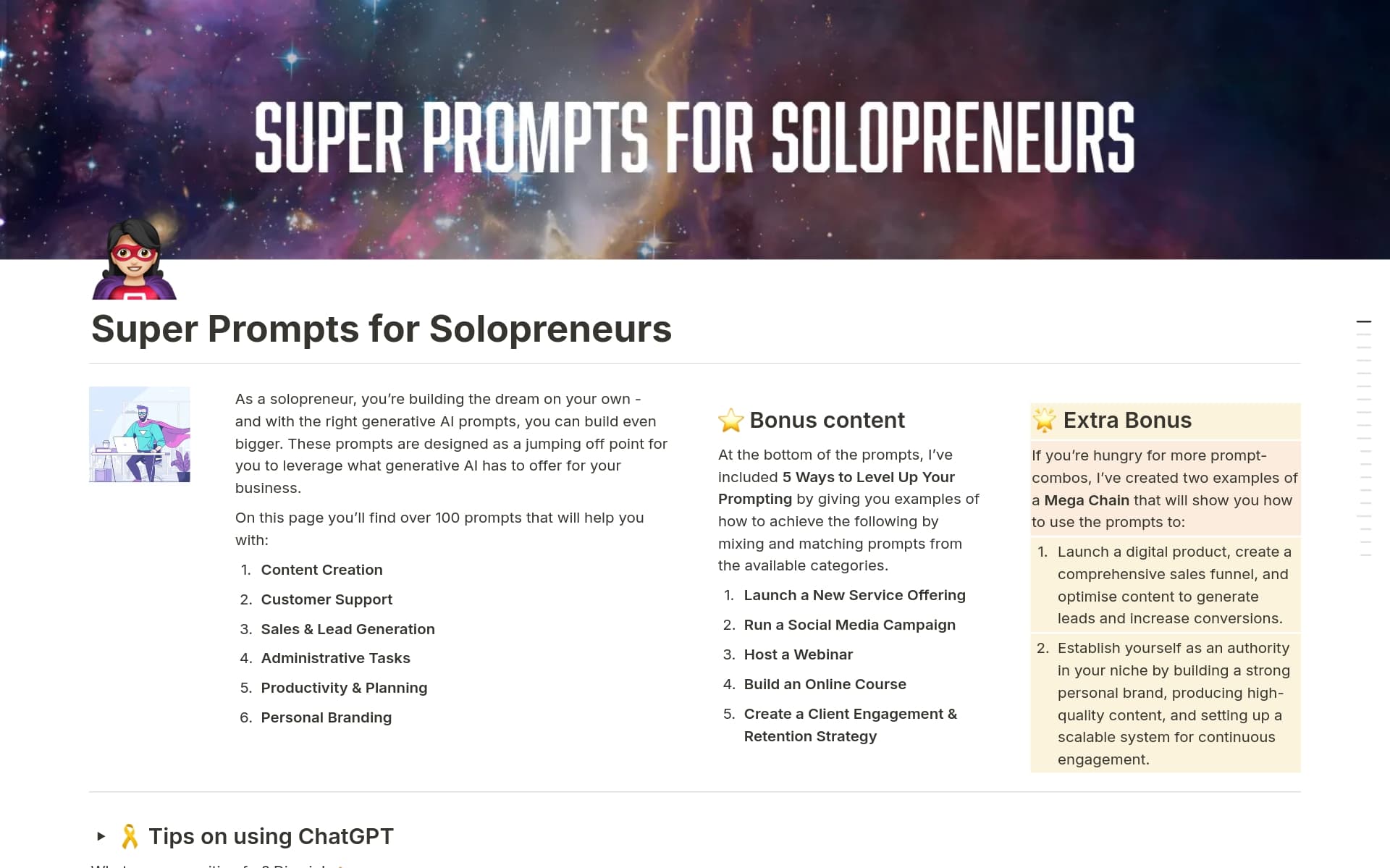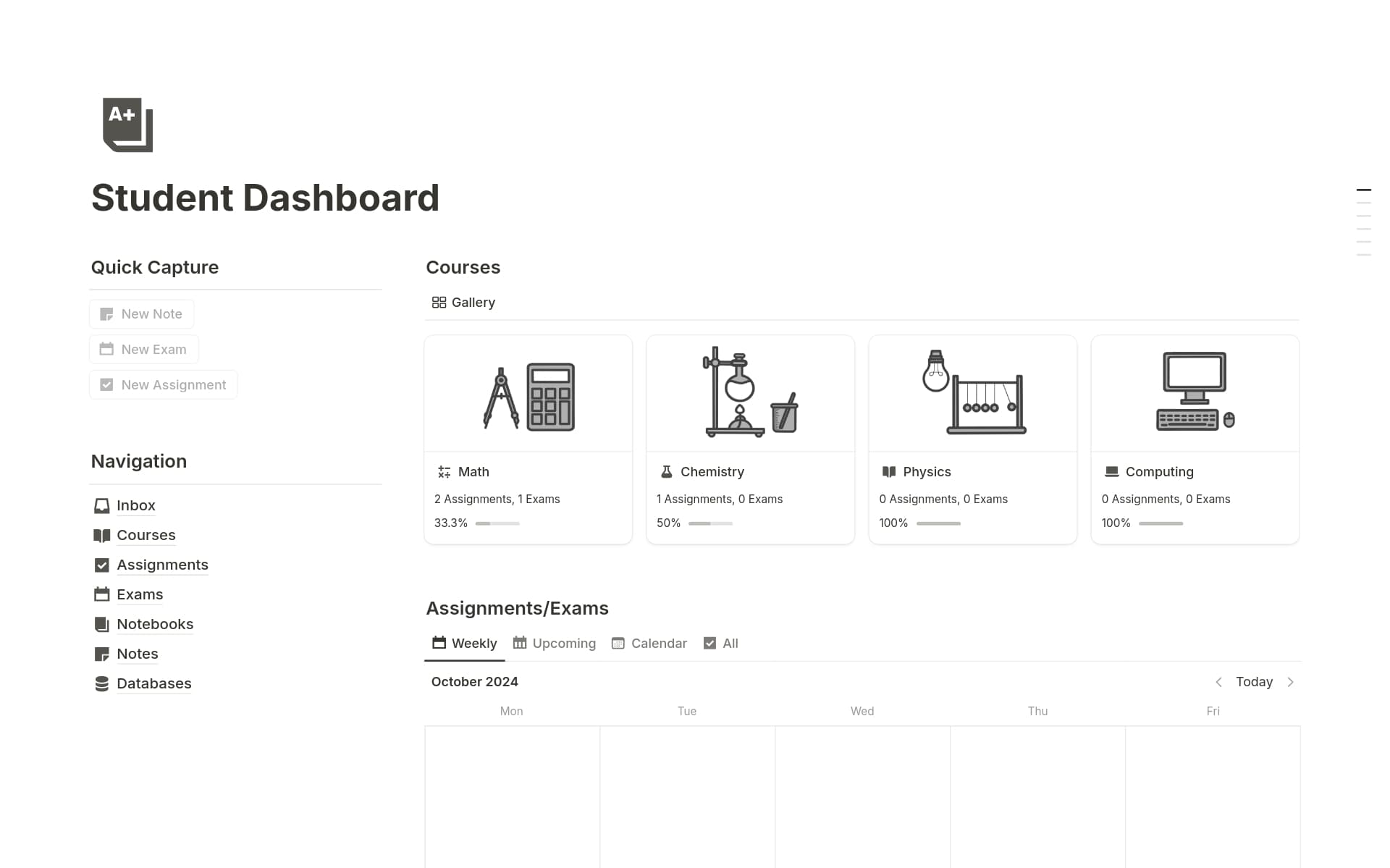Design Studio is essential for organizing and streamlining the creative process, from ideation to execution. It helps designers manage projects, collaborate with teams, and maintain a clear vision throughout the design journey. A Design Studio Notion template can provide structure and efficiency, ensuring that all aspects of design work are captured and easily accessible.
Before you dive into creating your own Design Studio, consider exploring these Design Studio Notion templates to simplify the process and enhance your productivity.
What Should Design Studio Templates Include?
Choosing the right Design Studio template in Notion can significantly streamline your creative workflow. Here are key components to look for when selecting a template:
Project Management Tools: Ensure the template includes integrated features for tracking project timelines, budgets, and resources. This helps in maintaining efficiency across creative projects.
Collaboration Features: Look for options that enhance team collaboration, such as shared boards and real-time editing capabilities, to keep everyone on the same page.
Customizable Workspaces: A good template should allow you to tailor environments to suit different types of design projects, ensuring flexibility and adaptability.
Resource Libraries: Access to a well-organized library for storing assets like fonts, templates, and design elements is essential for speeding up the design process.
Selecting a template with these components will help you maximize productivity and foster a more organized and collaborative design environment.
What Should Design Studio Templates Avoid?
When selecting a Design Studio template in Notion, it's essential to be aware of certain features that might hinder your workflow rather than enhance it. Here are three key components to steer clear of:
Overly Complex Structures: Templates with too many nested pages or intricate frameworks can become confusing and slow down your project progress.
Non-customizable Elements: Avoid templates that don't allow you to tweak the design or layout. Flexibility is key in adapting the template to fit your unique studio needs.
Generic Content: Templates filled with placeholder texts and generic content can be more time-consuming to replace than building from a minimal base.
Choosing the right template involves looking for simplicity, customization, and relevance to your specific design workflow to ensure it adds value to your creative process.



